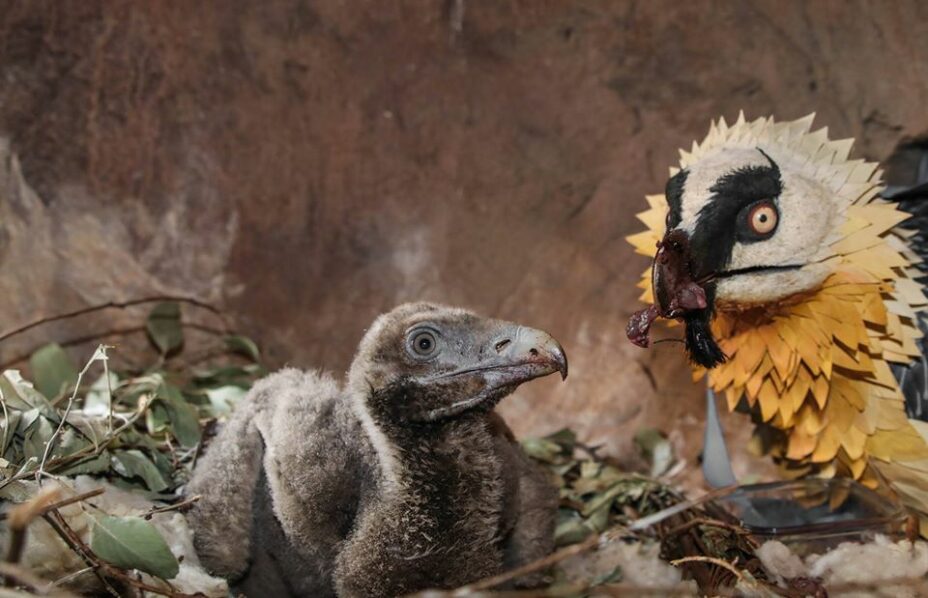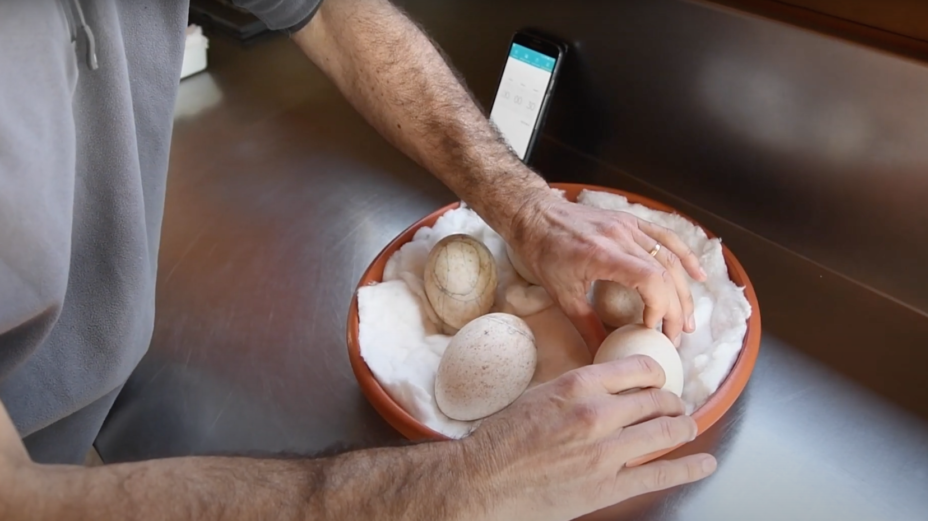Summer has finished not so long ago, yet in the bearded vulture captive breeding network, the preparations for the new breeding seasons are peaking – this is because bearded vultures are one of the earliest breeders in Europe – their timing perfectly adapted to have chicks in early spring, when many of the mountain herbivores on which they feed (when they die) have their first births – and birth complications! Bearded vultures in captivity have already started to mate, and are starting to repair or build their nests, so we are very busy providing them with all the needed material. Other signs they are starting to breed is increase on mutually preening, and on aggressiveness against neighboring birds.
The Vulture Conservation Foundation is the coordinator of the bearded vulture European Endangered Species Programme (EEP), a collaborative and coordinated network of over 40 zoos, wildlife parks, specialized captive breeding centers and private collections, that aims to breed the species in captivity for conservation purposes. Young resulting from captive breeding are then released in our reintroduction projects in the Alps, Grands Causses (France) and Andalucia – this year a total of 17 young could be released in 6 sites.
In zoos and captive breeding stations across Europe, our staff, zoo curators and staff from partner organizations are busy preparing the new breeding season.
One of the most important requirements to achieve a good breeding year is the quality of the nest. Each year around 25% of the eggs disappear or break during incubation and the main reason for these losses is bad nest quality. Our experience has shown that if we help the birds building better nests, egg losses can be reduced considerably.
One of the ways to stimulate pair bonding is to support nest rebuilding. For that we offer daily nest-material, like washed wool (sheep, camel, see photo) and appropriately sized branches (if it is an old breeding pair, see photo), while for new breeding pairs we do prepare the nest (see photo).
We offer washed wool because normal sheep wool is covered with Lanolin (Adeps lanae). If you don’t wash the wool, the surface pores of the eggshell would be filled with lanolin and the gas exchange CO2 – O2 in the egg will not take place, producing the death of the embryo! In the wild, the wool from dead sheep is exposed to the weather during the whole summer before is collected by the birds at the beginning of the new breeding season (from October on). The sun and rain have this function: washing the wool.
Slowly and surely, we are getting ready for a new breeding season. We hope the birds – and the weather – will collaborate, as ultimately the success of the reintroduction projects depends on this.





